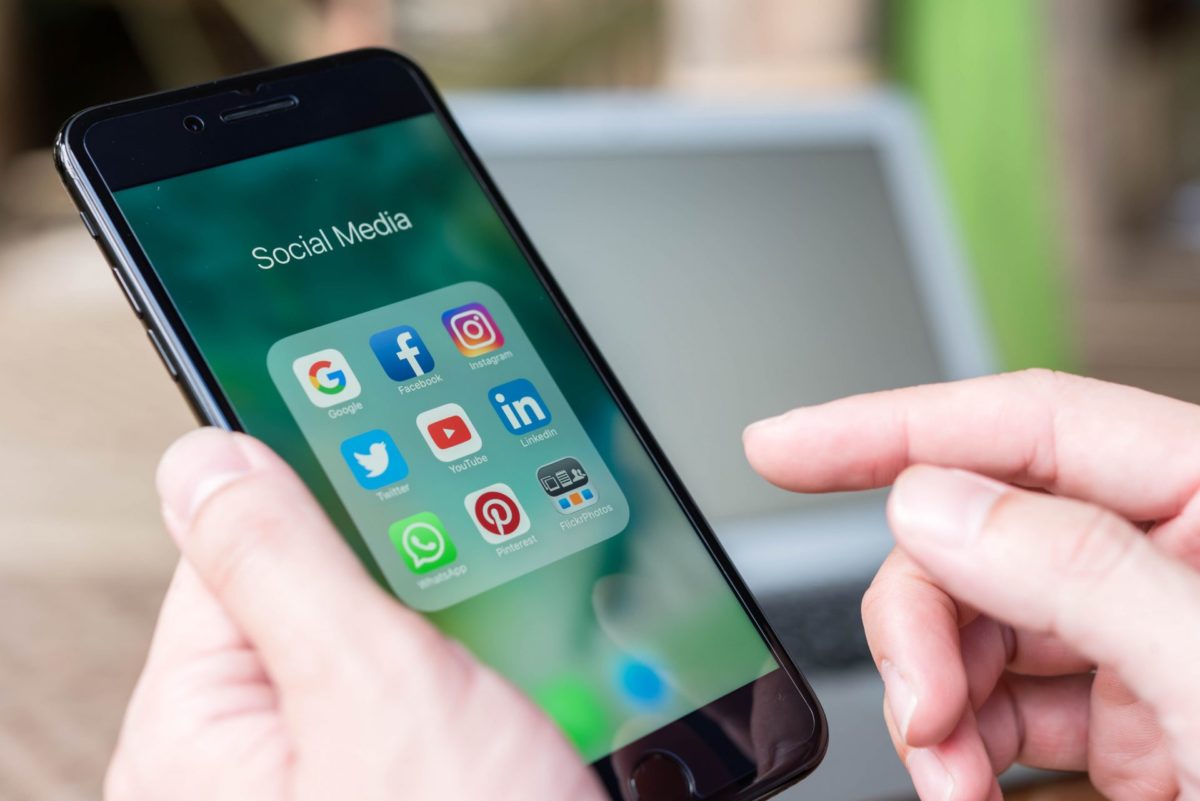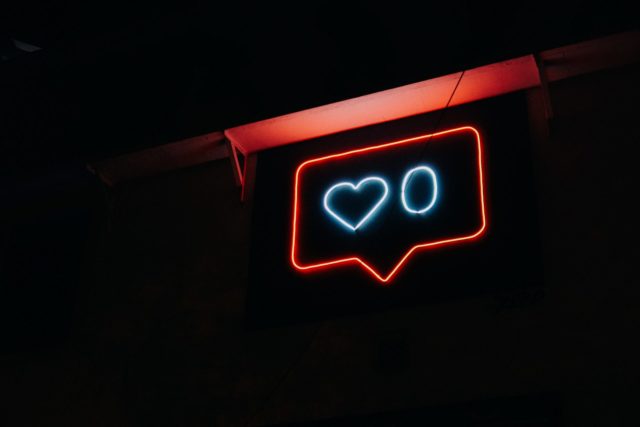We’ve seen new platforms launching, some absolutely thriving, some developing surprising updates and, most recently, user demands for even more (necessary) change.
The growth of TikTok & OnlyFans
I guess this wouldn’t be an article about the advances in social media unless we started with a conversation about TikTok and OnlyFans. Why those two? Well, they’re the two who have seen monthly active users absolutely rocket over the past year or so.
TikTok, in the UK alone, saw a 75% increase in user growth over 2020 – and I’m sure we can all agree that everyone sat at home with nothing to do helped fuel this fire.
When we look at the data globally, in Q1 of 2020, TikTok had over 315 million downloads. Yes, that’s 315 million downloads in just three months – the most generated by any app ever over the same time period.
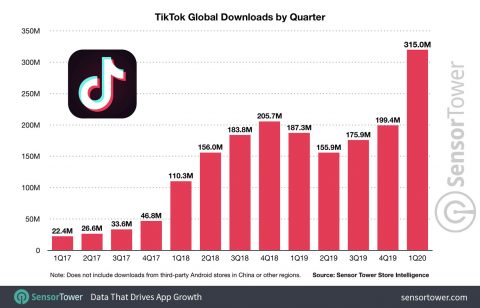
Similarly, with OnlyFans, they reported just 60,000 content creators back in 2019. However, as of December 2020, they reported they had over 1 million content creators. With many people being put on furlough and being made redundant, we can safely assume many people turned to the platform to make a bit of extra money.
In terms of OnlyFans users, it’s the same story. In 2019, the platform claimed to be reaching 7 million users but by late August 2020, they were reaching up to 50 million registered users.
A number of reports from December 2020 quote founder and CEO of OnlyFans, Tim Stokely, as saying OnlyFans averages 500,000 new users per day too.
It’s the type of growth we aren’t used to seeing with other social platforms. Fresh content is being produced at a rate we’re unfamiliar with. People are quitting their jobs and becoming full-time content creators within a matter of months of launching their channels – and it’s unprecedented.
It’s worth a note that, as marketers, we need to be thinking about how we can capitalise on this growth.
But, what about over the last six months in particular? What has 2021 given us, despite a newfound love for staying in and just having drinks in the garden?
Twitter Blue
It’s not just the newer apps that are making drastic changes and advances. Throughout 2021, there have been a number of platform updates and none more significant than Twitter.
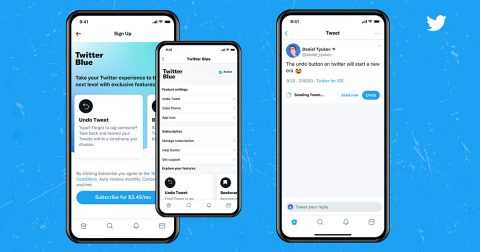
Twitter Blue is Twitter’s new subscription service which enables users access to additional features and perks.
Twitter themselves have said:
“We’ve heard from the people that use Twitter a lot, and we mean a lot, that we don’t always build power features that meet their needs. We took this feedback to heart, and are developing and iterating upon a solution that will give the people who use Twitter the most what they are looking for: access to exclusive features and perks that will take their experience on Twitter to the next level.”
The initial offering includes a whole range of new features, including the ability to undo their tweets within 30 seconds of posting and a reader mode that turns long threads into condensed, easily digestible content and dedicated support.
This isn’t even the most interesting update from Twitter this year either…
Twitter’s Super Follow button
There have been reports of a new Super Follow button that gives people with over 10,000 followers the option to start monetising their content.
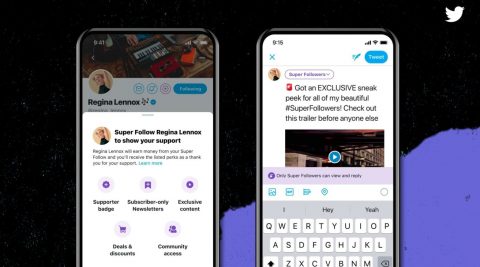
Creators will essentially be able to charge a monthly fee for access to exclusive, members-only features, which could include newsletters, special content and discount codes.
Outside of influencers to who you would naturally start applying this to, when we think about how this impacts a brand’s Twitter account, it could be adding a new lease of life to your organic social media strategy.
It’s worth noting though that you probably won’t get away with tweeting away as usual. People and brands who take up this Super Follow option for their followers will need to think long and hard about how they are going to provide value.
When you apply to have the Super Follow option added for your followers, you need to provide which ‘Content Category’ you fall into, including an ‘Adult Content’ category.
Has Twitter seen the improvements OnlyFans have had and want to get a piece of the action? Perhaps.
It’s not clear what percentage of the income Twitter will be taking from the Super Follow button but with Twitter Blue, they have already announced that even if just 1% of Twitter users take up this option, it will result in over £5 million per month in revenue.
What about Instagram and Facebook?
The advances in social media that have been announced so far this year for Instagram and Facebook are notably less interesting.
With Instagram, you should soon be able to manage your DMs from your computer (if you can’t already) and they have launched a Professional Dashboard – meaning you will have access to things such as your overall account performance, insights, promotions and Instagram Shopping all from one place.
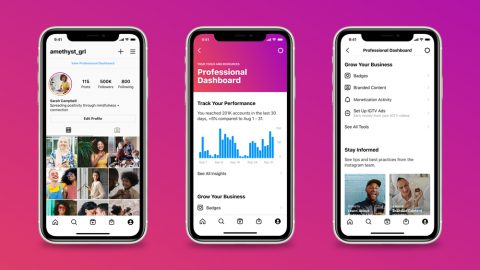
The conversation around removing visibility on how many likes have been generated is continuing. You have probably noticed it already as the rollout actually started back in 2019.
With regards to Facebook, their work on detecting deepfakes is still happening too – and they’ve made some progress.
In a recent article, Facebook said:
“In collaboration with researchers at Michigan State University (MSU), we’ve developed a method of detecting and attributing deepfakes. It relies on reverse engineering, working back from a single AI-generated image to the generative model used to produce it.”
It’s clever stuff that, although can’t stop deepfake content being posted, can notice when the content isn’t “real” and flag it to the user. A positive move for the platform after years of being criticised as a breeding ground for fake news and misinformation.
The backlash from the Euros
I suppose this leads us on to the most recent developments – although developments are probably not the right word – following the Euros.
Everyone will have seen first hand or at least heard of, the amount of racism directed towards Sancho, Saka and Rashford following the Euro 2020 final on 11th July.

The sheer quantity of racist content that was posted online (and the fact that any were able to be posted at all) resulted in a huge backlash from the public, pleading and demanding that social channels do more to counteract it.
Following COVID, any mention of the phrase or anything related to it automatically flagged the topic of the content – most seen really on Instagram Stories.
The question on everyone’s lips was that if this technology is available for COVID, then why can’t something very similar be done to target racist content?
When you apply for a blue tick on Twitter, you have to verify your identity. Why can’t this be done for every person who wants to set up a social media account?
People need to be made accountable for their actions, as they would be if they made these comments to peoples faces, in real life – rather than hiding behind an anonymous profile.
Social media platforms have a responsibility to ensure that firstly, this content doesn’t make it onto the public domain and secondly, that if they do, they make identifying these people as easy as possible.
It’s a heavy topic and a hard one to bring up – one that I’m trying not to get too deep into but it’s one that does need discussing while we are on the topic of the advances in social media.
It’s the update that needs to happen, and the one that should have happened years ago.
Final thoughts
The pandemic itself was unexpected and so were the social results that came from it. TikTok and OnlyFans rose to the top during this period and Twitter is beginning to make big changes but the question still remains when all of them will combat racism and bullying on their platforms.
If you want to know more or need help with your social media, don’t hesitate to get in touch with us.
